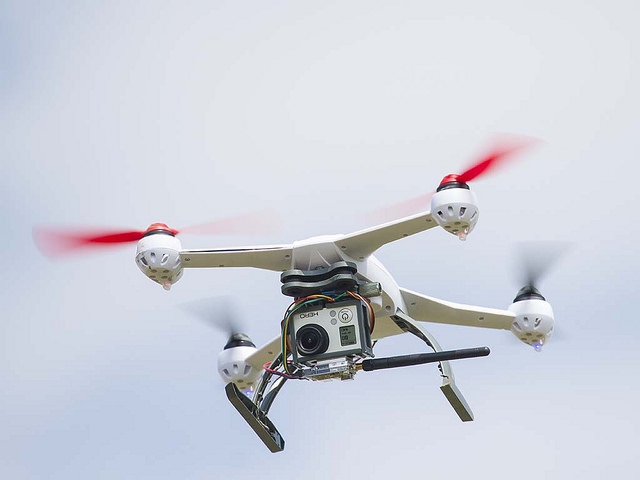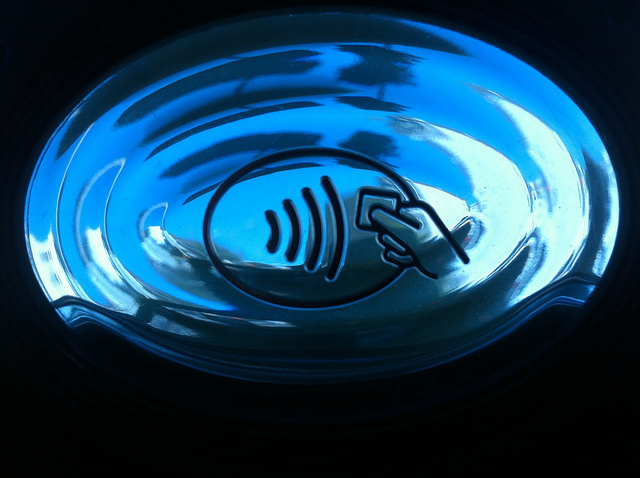The Pennsylvania State Police (PSP) just returned an aerial surveillance balloon that it borrowed for two days in an effort to capture a man wanted for the murder of a trooper last month. Thomas Kelly, a PSP spokesman, told Ars on Wednesday that the “Blimp in a Box” was returned because it was ineffective.
“Due to the tree canopy and rugged terrain of our search area, the balloon was not as helpful as everyone hoped it would be,” he said by e-mail. “The tree canopy is too thick, we couldn’t see through it. It’s that simple. The balloon was offered to us as an alternative technique. We tried it and just didn’t work. It’s best suited for open spaces, not heavily wooded forests.”
The manhunt is focused on finding Eric Frein, a suspected murderer now on the FBI’s Ten Most Wanted list. Six weeks ago, Frein allegedly shot and killed a Pennsylvania trooper while wounding another outside the Blooming Grove Barracks in Pike County. After the incident, local and federal authorities named Frein, a local survivalist and amateur military historian, as the prime suspect.
Read 6 remaining paragraphs | Comments




